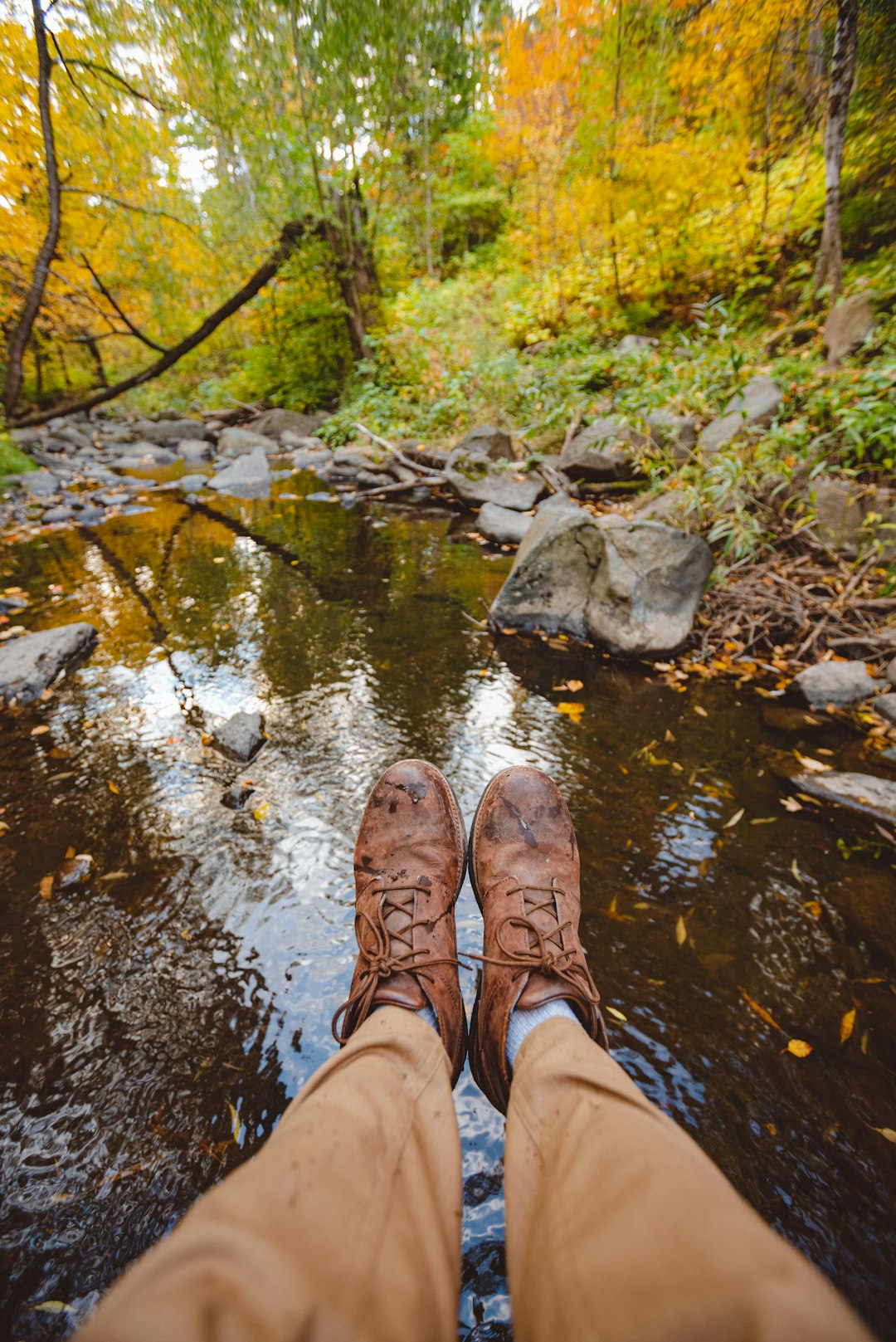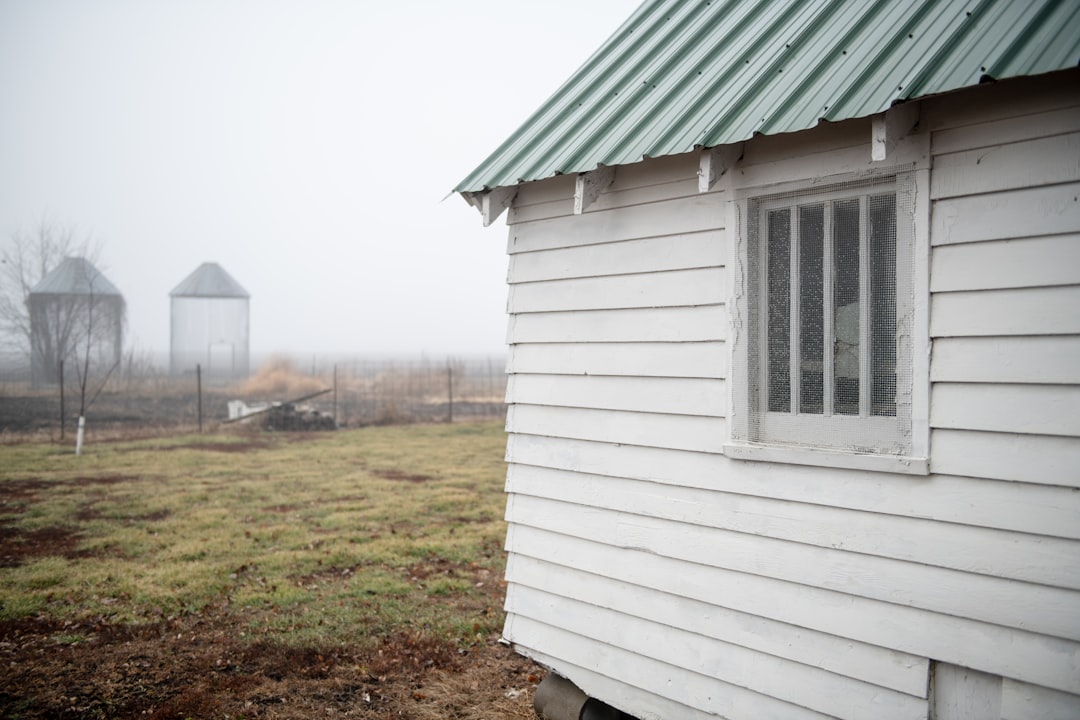Minnesota is a fossil enthusiast's dream, boasting a diverse record spanning marine life, dinosaurs, and megafauna from prehistoric seas to recent ice ages. With sites like the Red River Valley offering ancient marine fossils and the Minnesota Dinosaur Trail showcasing dinosaur tracks and bones, the state attracts both professionals and amateurs alike to explore its captivating geological history. Accessible locations and educational resources make it easy for all to dive into millions of years of Earth's past without leaving civilization.
Discover Minnesota’s hidden prehistoric treasures! The state boasts a rich fossil history dating back millions of years, offering adventurers a unique chance to explore Earth’s ancient past. From diverse rock formations to glacial deposits, Minnesota is home to an array of fossil sites. This guide takes you on a journey through the best places to find fossils, covering top locations, legal considerations, and practical tips for an unforgettable fossil foraging experience.
Minnesota's Rich Fossil History

Minnesota boasts a rich fossil history, offering enthusiasts and researchers a diverse range of prehistoric treasures. The state’s geological past is particularly notable for its abundant marine fossils from the ancient seas that once covered the region. These include well-preserved shells, coral reefs, and even remnants of ancient marine reptiles like ichthyosaurs and plesiosaurs. Minnesota’s landmass has also yielded a variety of terrestrial fossils, such as dinosaur tracks and bones, providing insights into the dinosaurs that roamed the area millions of years ago.
The state’s fossil record is not limited to these marine and dinosaur remains; it extends to the more recent ice age, with evidence of megafauna like mastodons and woolly mammoths preserved in glacial deposits. This variety makes Minnesota a fascinating destination for paleontologists and amateur fossil hunters alike, offering opportunities to uncover and study millions of years of Earth’s history.
– Overview of the state's geological past and fossil diversity.

Minnesota boasts a rich geological history that has left behind an incredible array of fossilized treasures waiting to be discovered. With its diverse landscapes, ranging from rugged cliffs to ancient lake beds, the state offers a unique glimpse into Earth’s past. The region was once part of vast inland seas and ancient rivers, which deposited layers of sediment over millions of years, preserving a wide range of organisms. This geological tapestry is particularly evident in the western part of the state, where fossil hunters can explore areas like the Minnesota River Valley and the famous Red River Valley.
The fossil record in Minnesota showcases an extensive variety, including marine life such as ancient sharks’ teeth, corals, and brachiopods, as well as terrestrial specimens like dinosaur tracks, ammonites, and various types of plants and insects. These findings offer invaluable insights into the evolution of species and the ancient ecosystems that once thrived in the area. The state’s geological diversity makes it a captivating destination for paleontologists and amateur fossil collectors alike, promising exciting discoveries for those who explore its fossil-rich regions.
Top Fossil Locations in Minnesota

Minnesota is a treasure trove for fossil hunters, boasting diverse geological formations that have preserved remnants from prehistoric times. Among the top spots to discover fossils in this state are:
1. Red River Valley: This region, known for its rich geological history, offers a plethora of opportunities for fossil hunting. The valley’s sedimentary layers contain traces of marine life dating back millions of years, making it ideal for finding fossils like ancient mollusks and crustaceans. Local fossil clubs often organize excursions to this area, providing a great chance for beginners and enthusiasts alike to explore.
2. Glacial Lake Bed Locations: Minnesota’s landscape was shaped by the last ice age, leaving behind numerous glacial lake beds that are now dry land. These areas are particularly rich in fossils from the Wisconsin glaciation period. Fossils commonly found include petrified wood, plant remains, and even bones of extinct animals like mastodons and woolly mammoths. Some popular sites include the St. Croix River Valley and certain parts of southeast Minnesota.
– Detailed descriptions of the best places to find fossils, including specific sites and their unique characteristics.

Minnesota is a treasure trove for fossil enthusiasts, offering a diverse range of locations where ancient life’s remnants can be discovered. One of the standout spots is the Red River Valley, renowned for its rich sedimentary layers that date back millions of years. Here, geologists and amateur collectors alike can unearth fossils of marine creatures like ammonites and brachiopods, providing a glimpse into the region’s prehistoric ocean habitats. The valley’s accessible locations, such as the banks of the Red River or local quarries, make it an ideal destination for those seeking fossil finds without venturing too far from civilization.
Another notable area is the Minnesota Dinosaur Trail, which weaves through several counties, showcasing the state’s dinosauical past. This trail highlights sites like the Dakota Formation in western Minnesota, known for its abundant dinosaur bones and tracks. The trail also includes museums and exhibits that provide valuable context for fossil hunters. Whether you’re an experienced paleontologist or a curious beginner, these locations offer both accessibility and educational value, ensuring an enriching experience while exploring Minnesota’s ancient history.






